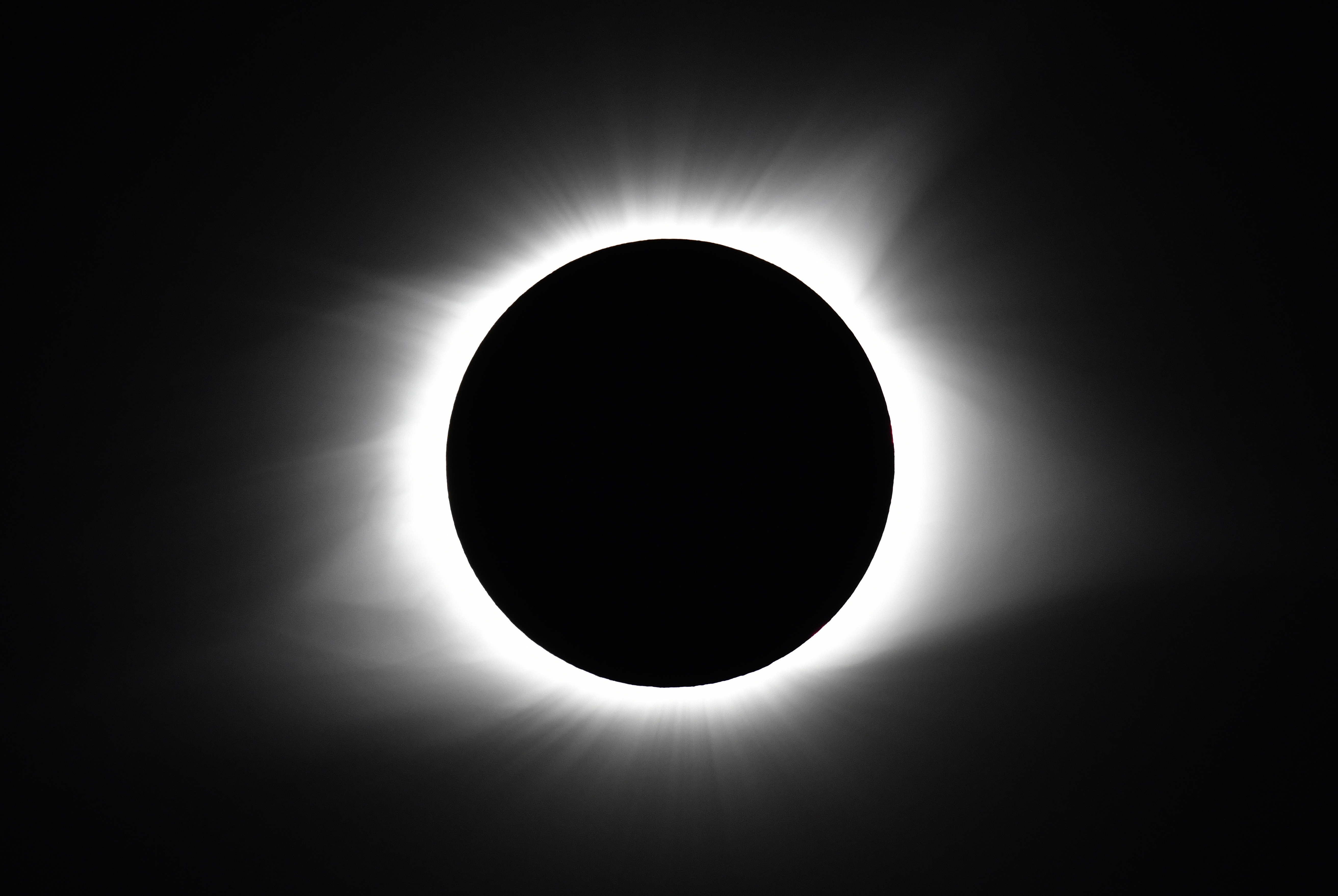The upcoming solar eclipse is anticipated to see a significant drop in energy supply to the state's power grid, as a lack of sunlight will see solar generation suddenly and dramatically decline.
On April 8, 2024, a total solar eclipse will give tens of millions of skywatchers a chance to experience the celestial phenomenon – the last chance to do so from the U.S. until 2045, scientists say.
ERCOT says they are preparing for the rare event.
While there will be reduced solar power production during the darkness, ERCOT says they do not expect any grid reliability problems.
Get top local stories in DFW delivered to you every morning. Sign up for NBC DFW's News Headlines newsletter.
The eclipse will pass over the ERCOT region between approximately 12:10 p.m. and 3:10 p.m. CT.
Forecasts published by ERCOT on April 7 suggest solar generation on the day of the eclipse could drop from 99.2% around noon to about 7.6% at about 1:40 p.m.
According to data from the Texas Comptroller, solar energy was one of the fastest-growing energy sources in the state in 2023, representing around 23% of the renewable energy produced.
In 2022, solar represented about 6% of Texas's electricity supply.
ERCOT says they have been proactively working on forecasting models to reflect reduced solar power production and will continue to monitor conditions and keep the public informed.
ERCOT has an 11-day plan in place to get its marketplace of power suppliers ready for the eclipse. Leading up to the eclipse, ERCOT says it plans to send notices to its marketplace of suppliers while also monitoring for weather events that could lead to an increase in demand on the state power grid.
What time will the 2024 eclipse happen?
According to NASA, the path of the eclipse continues from Mexico, entering the United States in Texas, and traveling through Oklahoma, Arkansas, Missouri, Illinois, Kentucky, Indiana, Ohio, Pennsylvania, New York, Vermont, New Hampshire, and Maine. Small parts of Tennessee and Michigan will also experience the total solar eclipse
Several Texas cities will be in the path of totality, including Dallas, most of Fort Worth, Waco, Temple, most of Austin and parts of San Antonio. Denton is outside the path of totality.
In Dallas, the moon will begin to cover the sun around 12:23 p.m., with totality beginning around 1:40 p.m. and ending just under 4 minutes later. The moon will then move away from the sun, with the spectacle ending around 3:02 p.m. Exact timing will depend on location in the metroplex.



